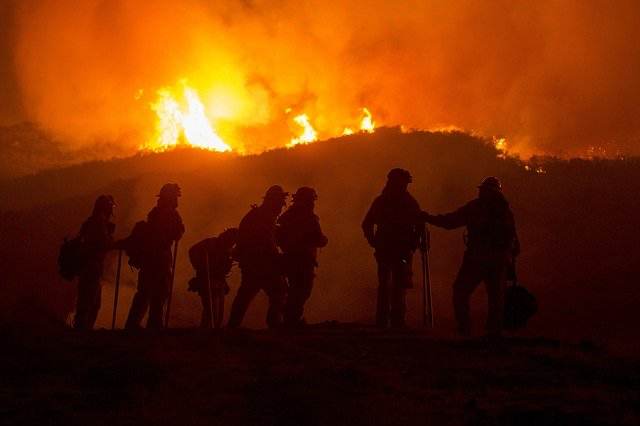Wildfire risk escalating beyond traditional seasons & regions: Moody’s

The insurance industry’s losses due to wildfires are rising, with an escalation in wildfire risk beyond the traditional fire seasons and regions, according to Firas Saleh, director of wildfire models, North America at Moody’s.
A example is the recent wildfires in South Korea, which became the largest in the country’s history.
The fire, which burned for approximately nine days, devastated around 48,000 hectares of primarily forest and damaged thousands of rural homes.
“In South Korea, the largest wildfire ever recorded has devastated forests and towns, destroying priceless cultural sites and causing significant loss of life,” Saleh said.
Beyond South Korea, the wildfire threat is intensifying worldwide, driven by factors such as urban expansion into fire-prone regions and the increasing development of the wildland-urban interface areas where homes and businesses border undeveloped, flammable land.
“This escalation in wildfire risk is due to several key factors. Increased urbanization in high wildfire hazard areas and development in the wildland-urban interface, contribute to the growing wildfire threat,” Saleh explained.
The dangers of this trend were evident earlier this year when Los Angeles experienced multiple wildfires in January.
However, insured losses from the Los Angeles wildfires, which currently sit at a range between $35-$50 billion, could support property catastrophe pricing heading into the mid-year reinsurance renewals, according to Goldman Sachs.
A further compounding factor towards the the increase in wildfire risk is the interconnection between natural disasters. Saleh pointed to the wildfires in North Carolina, where leftover debris from Hurricane Helene last September has fueled the severity of ongoing fires.
“The downed timber extensive debris left behind by Hurricane Helene last September has contributed to the severity of the current wildfires in the region. Debris create abundant fuel source for the wildfires, allowing them to spread more rapidly and intensely,” he said.
“The interconnectedness between the hurricane debris and the wildfires highlights the compounding effects of natural disasters. The debris not only provides fuel for the fires but also complicates firefighting efforts, as the dense and widespread nature of the debris makes it difficult to create firebreaks and access affected area,” Saleh added.
As wildfire threats continue to expand beyond the traditional seasons and regions Saleh emphasised the importance of comprehensive risk preparedness and mitigation strategies.
“As we continue to face these challenges, it is crucial to understand the underlying causes and continue to implement comprehensive risk preparedness efforts that extend beyond traditionally fire-prone regions,” he concluded.



